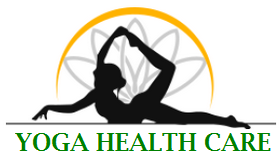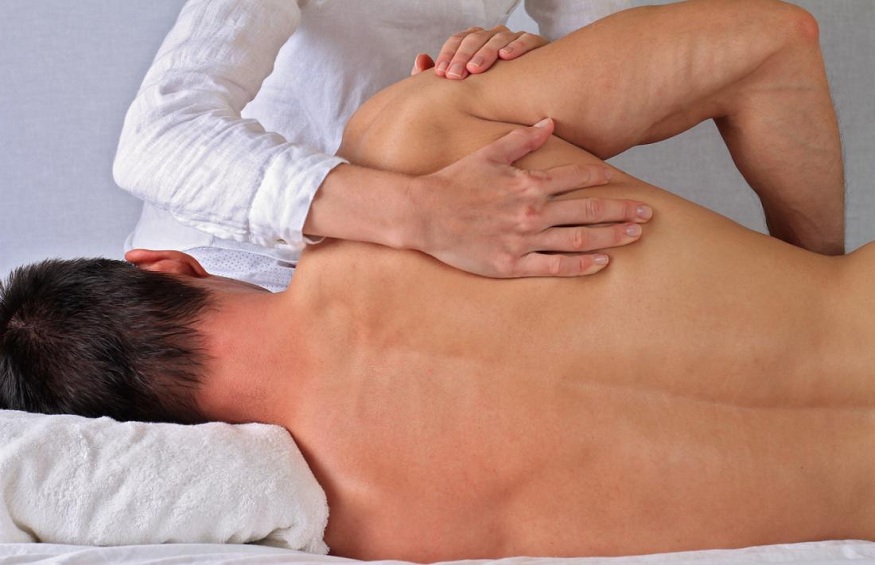The shoulder is a joint at the crossroads of three highly stressed areas: the arm, the cervical and the thorax. It is therefore very prone to dysfunction. Its structure made up of five joints makes it very mobile but also fragile.
Sports, activities of daily living or falls landed on the hand strain the shoulder area and cause pain. It is a recurrent source of pain and a frequent reason for consultation in osteopathy.
The causes of pain are multiple
The shoulder is a complex of five joints. This allows very wide movements but also makes it unstable. This instability must be permanently compensated by the activity of the surrounding muscles. This makes them prone to fatigue, injury, and inflammation.
is made up of various bony, tendinous, capsular, and ligamentous elements. Each of these structures are prone to ignite or suffer if blocked or overworked.
Tendinitis, tendon pathology
Tendons are the attachments of muscle to bone. The rotator cuff is a set of tendons governing most movements of the glenohumeral. Cuff tendonitis is common. They are favored by certain sports using the upper limb or repetitive work, in particular on the assembly line. They can also calcify, especially in case of hyper-calcemia. This increases pain and the risk of rupture.
Capsulitis, when the capsule is affected.
These are lgbtqtherapistdenver.com of the joint capsule. Most joints are of the synovial type, fluid is present in them to lubricate it and nourish the cartilage. The capsule encloses the synovial fluid so that it does not leak out of the joint. This capsule can ignite and quickly interfere with movement. This can happen after a long period of immobilization when your arm is in a sling, for example. In the most severe cases, one may have adhesive capsulitis that prevents movement. We also speak of frozen shoulder.
In the absence of lesional pathology, dysfunction is the source of pain.
Dysfunction of only one of the five joints leads to reduced range of motion of the other four and of the shoulder in general. Thus with each gesture of the arm, the movements are harder to perform. Sometimes it may not be possible to do some.
Similarly, arm movements may be limited by dysfunctions of the cervical or dorsal spine, thorax or elbow. These blockages create dysfunctional chains and affect the shoulder.
Finally, visceral dysfunctions can manifest as reduced mobility of the shoulder. The fascia, these membranes that surround all the structures of the body are the link between the viscera and the shoulders. When an organ sees its function overstressed, the fascias can be put under tension and pull on the shoulder. In addition, the folds around a painful place is natural.
When there is tension on an area, we tend to wrap around it to relieve the tension. It can happen unconsciously and change the posture of the body. Over time, the dysfunctions settle in and even if the initial (visceral) dysfunctions are resolved, those in the shoulder remain. They may even be the source of a new dysfunctional chain.
These are sometimes effective. In cases of structural damage they are necessary to recover joint function. However, painful symptoms or partial loss of function may remain.
Decreased range of motion can be disabling. The gestures of daily life are very dependent on the shoulder and its good health.
The General Osteopathic Treatment (GOT):
The osteopathic treatment will consist of techniques for mobilizing all the joints of the shoulder. These will seek to go in the widest possible amplitudes and to increase them gradually. The TGO is very suitable for the shoulder. This consists of passively moving the arm in all possible directions of the joint. The patient lets himself go and the therapist acts. This makes it possible to extend what are called minor movements.
Minor movements
These are movements of the bone pieces which are part of the global movements but which cannot be carried out in isolation. For example, when raising the arms to the side (abduction movement), the humeral head rolls on the glenoid of the scapula (part of the scapula where the humerus is articulated), but it slides down at the same time to stay in touch. This sliding is the minor movement of abduction. If it is not done well, this minor movement hinders and limits the major movement. It also makes it painful.
Over time, if the movement is partially blocked, the body will seek strategies to achieve its ends by circumventing the problem. This will solicit other joints and other muscles. They may become painful due to asymmetry or fatigue.
The osteopath seeks to restore the capacities of the joint in all its parameters. This is how ease of movement can return. Stresses on all tissue and joint structures are reduced.
The treatment can be accompanied by physiotherapy to harmoniously remuscle the peri-scapulo-humeral complex . Stretching is also indicated in some cases. The anterior muscles, flexors and adductors, are very often stronger. The vast majority of our actions in force are towards the withdrawal forward. If they are not flexible, they favor the mobility which corresponds to them to the detriment of the antagonist. This creates joint dysfunctions and maintains them.
Stretching your muscles makes them flexible without losing their strength. We maintain their effectiveness without having to suffer their inconvenience. Stretching the pectorals, biceps and brachials is therefore essential.

